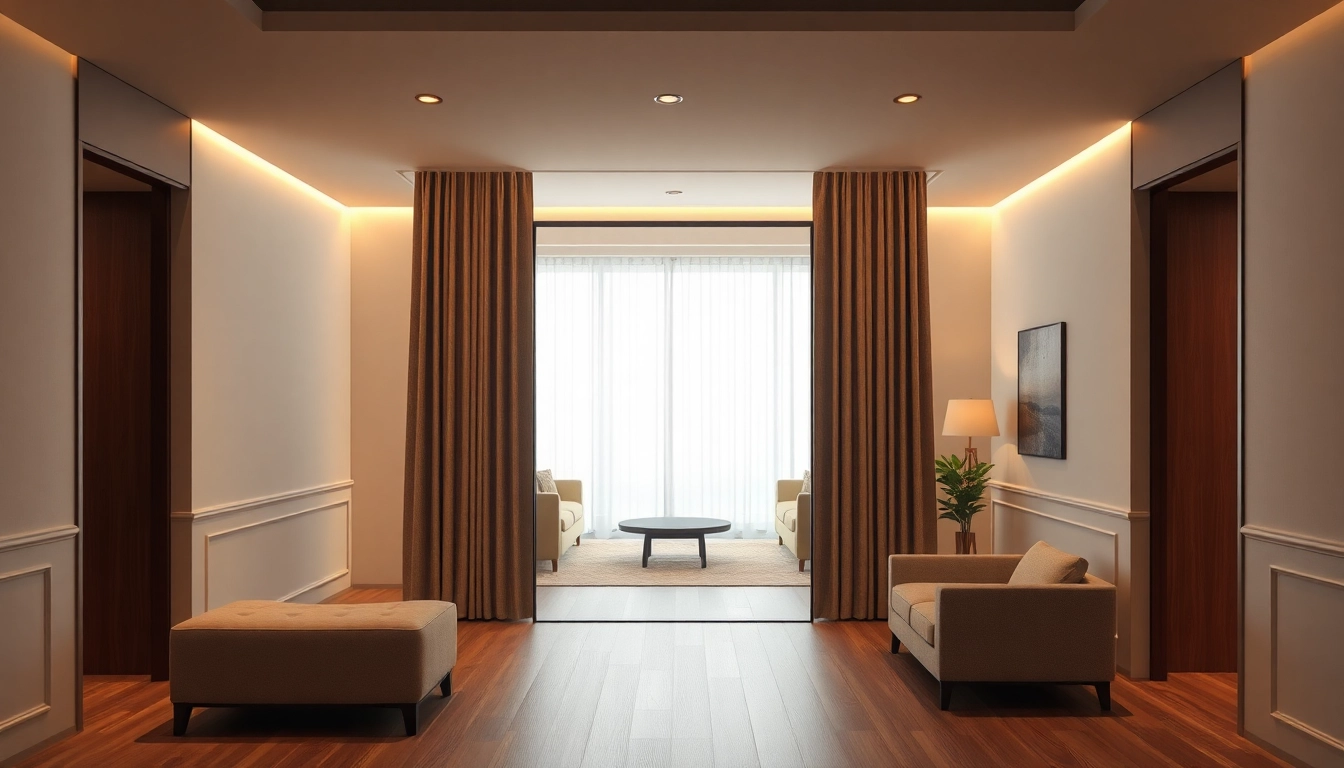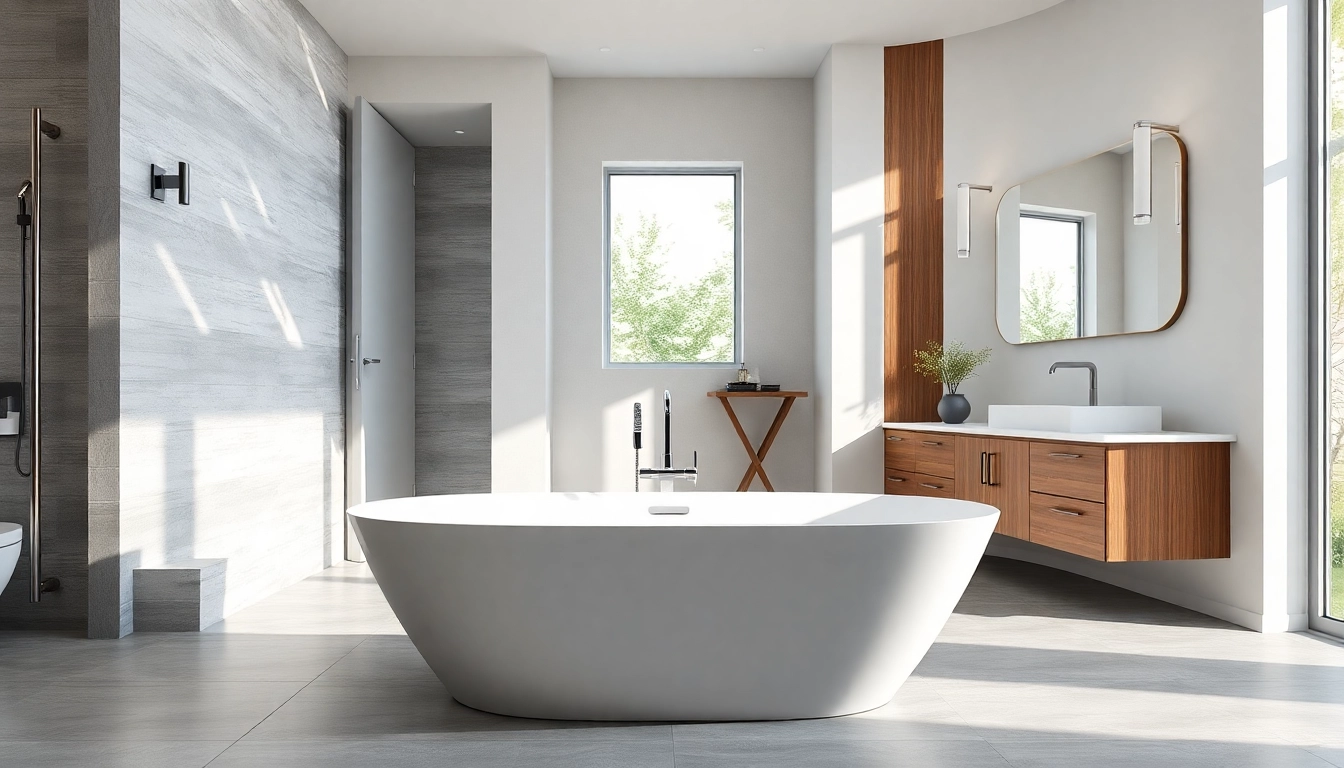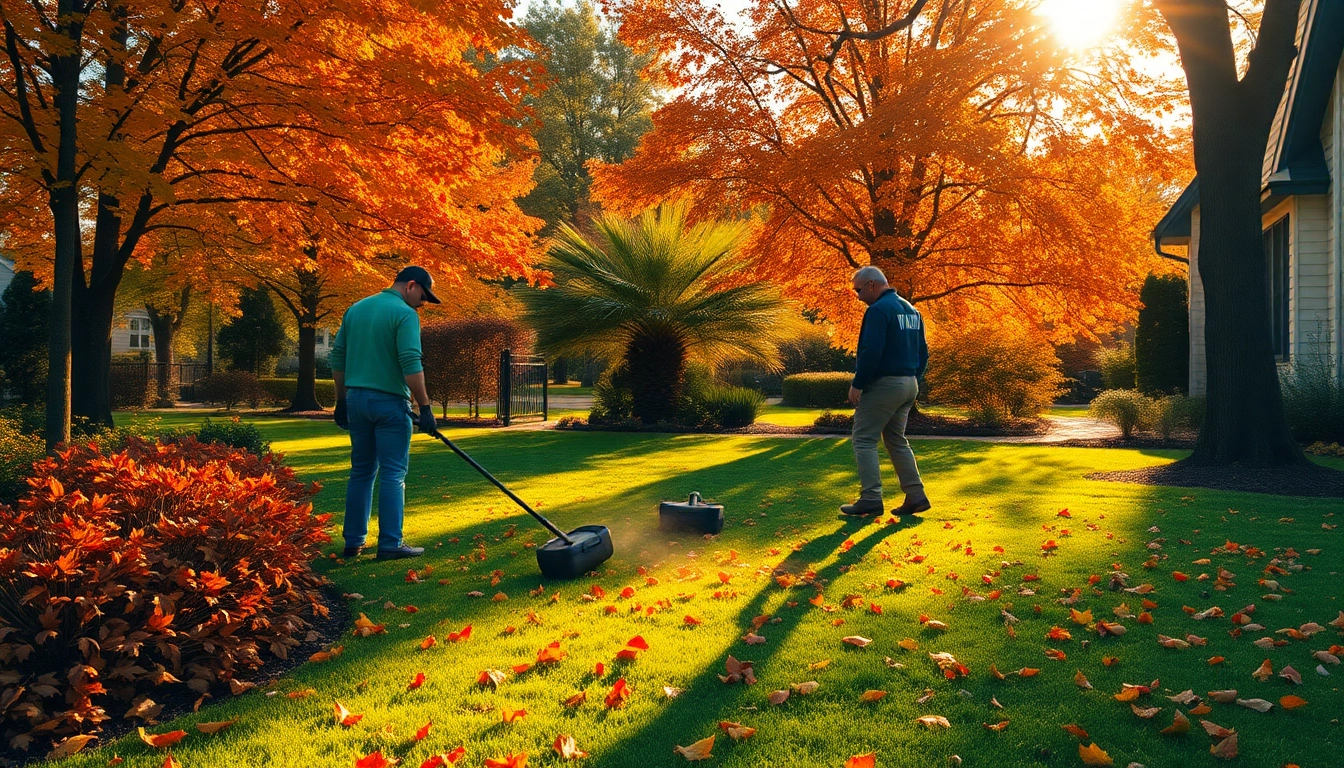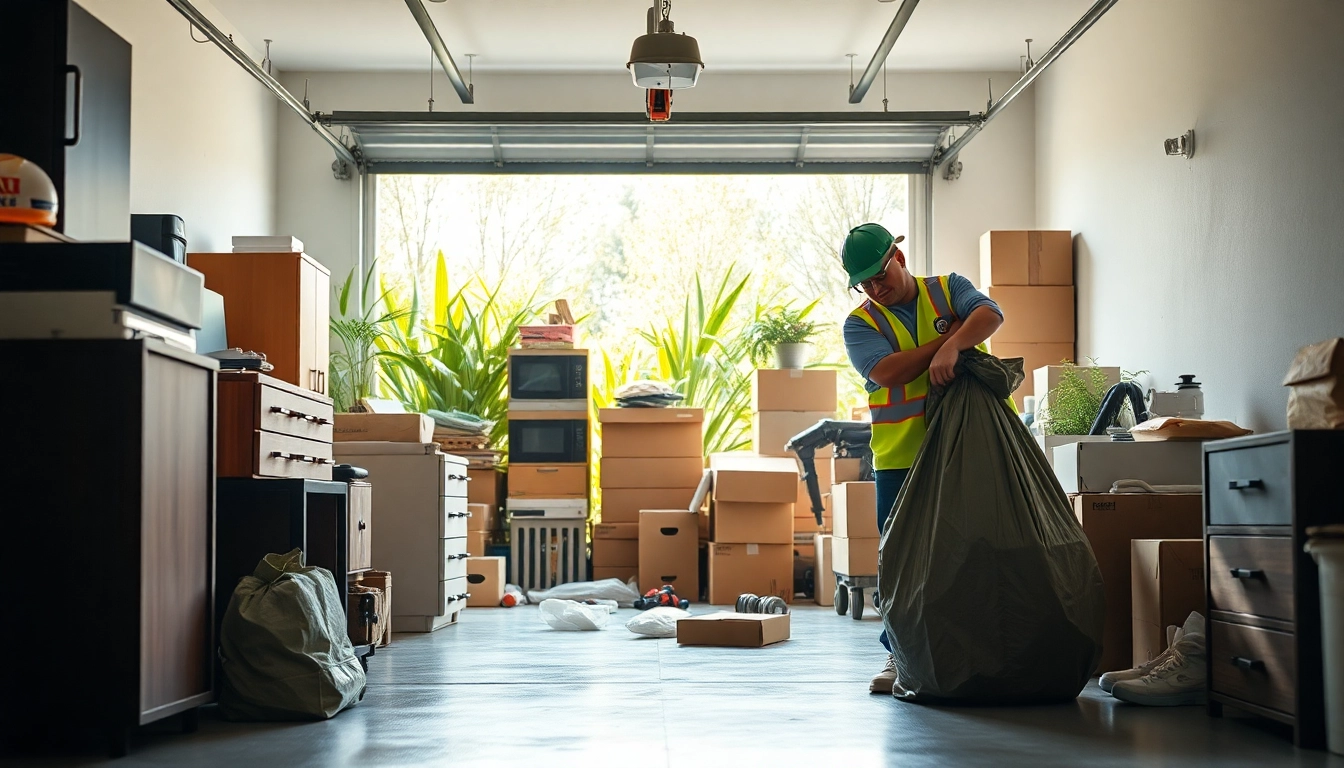Introduction to Folding Partition Walls
In today’s dynamic architectural landscape, the versatility and efficiency of space management are paramount. This is where the Folding Partition Wall comes into play. These innovative structures offer a seamless solution for transforming spaces, catering to both residential and commercial applications. As cities become more urbanized and spaces more limited, the need for adaptable environments that can accommodate a variety of functions has never been more critical.
What is a Folding Partition Wall?
A folding partition wall is a flexible wall system designed to separate or divide space while allowing for easy reconfiguration. Unlike traditional walls, which are fixed and immovable, folding partitions can be opened, closed, and adjusted according to specific needs. Typically made up of several panels that are hinged or accordion-style, these walls can slide or fold away when not in use, creating an open and airy environment. This functionality allows for efficient use of space in various settings, from conference rooms to classrooms and multipurpose residential areas.
Benefits of Folding Partition Walls
Folding partition walls offer several advantages over traditional construction methods:
- Space Efficiency: Since these partitions can be retracted when not needed, they maximize the usable area within a given environment.
- Sound Absorption: Many folding partitions are designed with acoustic properties to reduce noise levels, making them ideal for offices, schools, and hospitals.
- Design Flexibility: Available in various materials, finishes, and styles, they can be customized to match the aesthetic and functional needs of any space.
- Cost-Effectiveness: They provide a less expensive alternative to permanent wall construction while offering similar benefits of partitioning.
- Ease of Installation: Folding partitions can often be installed quickly and with minimal disruption to existing space.
Common Applications: Where to Use Folding Partition Walls
The versatility of folding partitions allows them to be utilized in a wide array of environments, including:
- Commercial Spaces: In offices, these walls can create meeting rooms that are easily adjustable for large or small gatherings.
- Educational Institutions: Schools and universities use folding partitions to create flexible classroom environments.
- Events and Expositions: Convention centers frequently use them to subdivide large spaces into manageable areas for different vendors or activities.
- Residential Homes: Homeowners can utilize folding partitions to create separate living quarters or multifunctional spaces that adapt to various needs.
Types of Folding Partition Walls
Acoustic Folding Partition Walls
Acoustic folding partition walls provide excellent sound isolation. These walls are specifically engineered to minimize sound transfer between spaces, offering a quiet environment ideal for offices and educational institutions. They typically feature dense core materials and may include sound-absorbing fabric finishes. Acoustic panels can be particularly beneficial in environments that require focus and privacy, such as conference rooms and study areas.
Glass Folding Partition Walls
Glass folding partition walls combine elegance with functionality. These partitions allow natural light to flow through, creating an open and inviting atmosphere while still providing the ability to separate spaces when necessary. Ideal for modern office designs and upscale residential interiors, glass partitions can come in various designs, including frosted, tinted, or clear glass surfaces, providing options for both privacy and aesthetics.
Accordion and Bi-Fold Styles
Accordion and bi-fold style folding partitions are popular for their compact design and ease of use. Accordion-style partitions fold out from a central hinge point, allowing them to cover expansive openings while occupying minimal space when closed. Bi-fold walls consist of two or more panels that fold against themselves, creating a slim profile. These styles are commonly used in residential settings, for example, to separate a living room from a dining area.
Choosing the Right Folding Partition Wall
Considerations for Size and Space
When selecting a folding partition wall, it’s essential to consider the specific dimensions of the space you intend to divide. Measure the width and height of the opening thoroughly, and take into account the clearance needed for installation and operation. Additionally, think about how frequently you expect to adjust or move the partition, as this will influence the mechanism and type of partition you choose.
Material Options and Finishes
Folding partitions come in various materials, including wood, metal, and fabric. Each material has its advantages and should align with the functionality you seek:
- Wood: Provides warmth and aesthetic appeal, typically suited for residential applications.
- Metal: Durability and strength are the hallmarks of metal partitions, great for commercial use.
- Fabric: Fabric-covered partitions can enhance acoustics and provide a softer appearance in educational or creative spaces.
Finishes can also be customized to align with existing decor, ensuring a seamless integration into the overall design.
Custom vs. Standard Options
Many manufacturers offer both custom-built and standard folding partition options. Standard partitions are generally more cost-effective and quickly available, but they may not fit unique space requirements. Custom solutions offer tailored specifications but can require longer lead times and a higher investment. Determine which option best meets your needs, considering both budget and desired functionality.
Installation and Maintenance Tips
DIY Installation: Step-by-Step Guide
Installing a folding partition wall can often be a DIY project, provided you have the right tools and some basic handyman skills. Here’s a step-by-step guide:
- Gather Your Materials: Ensure you have all components, including panels, tracks, mounting hardware, and necessary tools like a drill and level.
- Measure and Mark: Measure the installation area accurately, marking where the track will be installed.
- Install the Track: Secure the track to the ceiling or wall according to the manufacturer’s instructions.
- Attach the Panels: Depending on the design, attach the panels to the track, making sure they can fold and slide smoothly.
- Test Functionality: Open and close the partition several times to ensure smooth operation, making adjustments if necessary.
Professional Installation: When to Seek Help
For those who may not feel comfortable handling the installation themselves or if the space requires complex features, seeking professional help is encouraged. Professionals can ensure that the partition is installed correctly and functions as intended, saving you potential headaches in the future. It’s also wise to consult professionals for larger projects involving multiple partitions or unique configurations.
Maintenance Tips for Longevity
Proper maintenance of folding partition walls is crucial to ensure longevity and maintain their aesthetic appeal. Here are some tips:
- Regular Cleaning: Use a damp cloth with a mild detergent to clean the surfaces periodically, taking care not to use harsh chemicals that could damage finishes.
- Inspect Mechanisms: Check the tracks and hinges regularly to ensure they are clear of debris and lubricate as needed for optimal function.
- Address Damage Promptly: If any panels are scratched or damaged, address repairs promptly to maintain the wall’s integrity and appearance.
Case Studies: Folding Partition Walls in Action
Commercial Examples: Offices and Conference Rooms
In a bustling corporate office in New York City, a company transformed its open floor plan by installing folding partition walls. The partitions enabled the formation of temporary meeting spaces. Employees could easily adjust configurations for group work or presentations, fostering collaboration while retaining the openness of the workspace. Feedback from the staff indicated increased productivity and satisfaction, demonstrating the effectiveness of adaptable spaces.
Residential Transformations: Multifunctional Living Spaces
A family living in a suburban area utilized folding partition walls to create a multifunctional living space in their home. The primary living area could transition into a guest room whenever needed. By incorporating a glass folding partition, they maintained an aesthetic flow and visual connection between the rooms while ensuring privacy for guests. This flexibility has been enjoyed by both family members and visitors over the years.
Feedback from Users: Satisfaction and Advancements
Many users of folding partition walls report high satisfaction levels, often citing the adaptability these walls offer as one of their main advantages. Businesses also highlight the cost-effectiveness in comparison to traditional construction methods. Recent advancements in acoustic technology have led to improvements in sound absorption in newer models, addressing one of the common challenges faced by prior generations of folding partitions.



